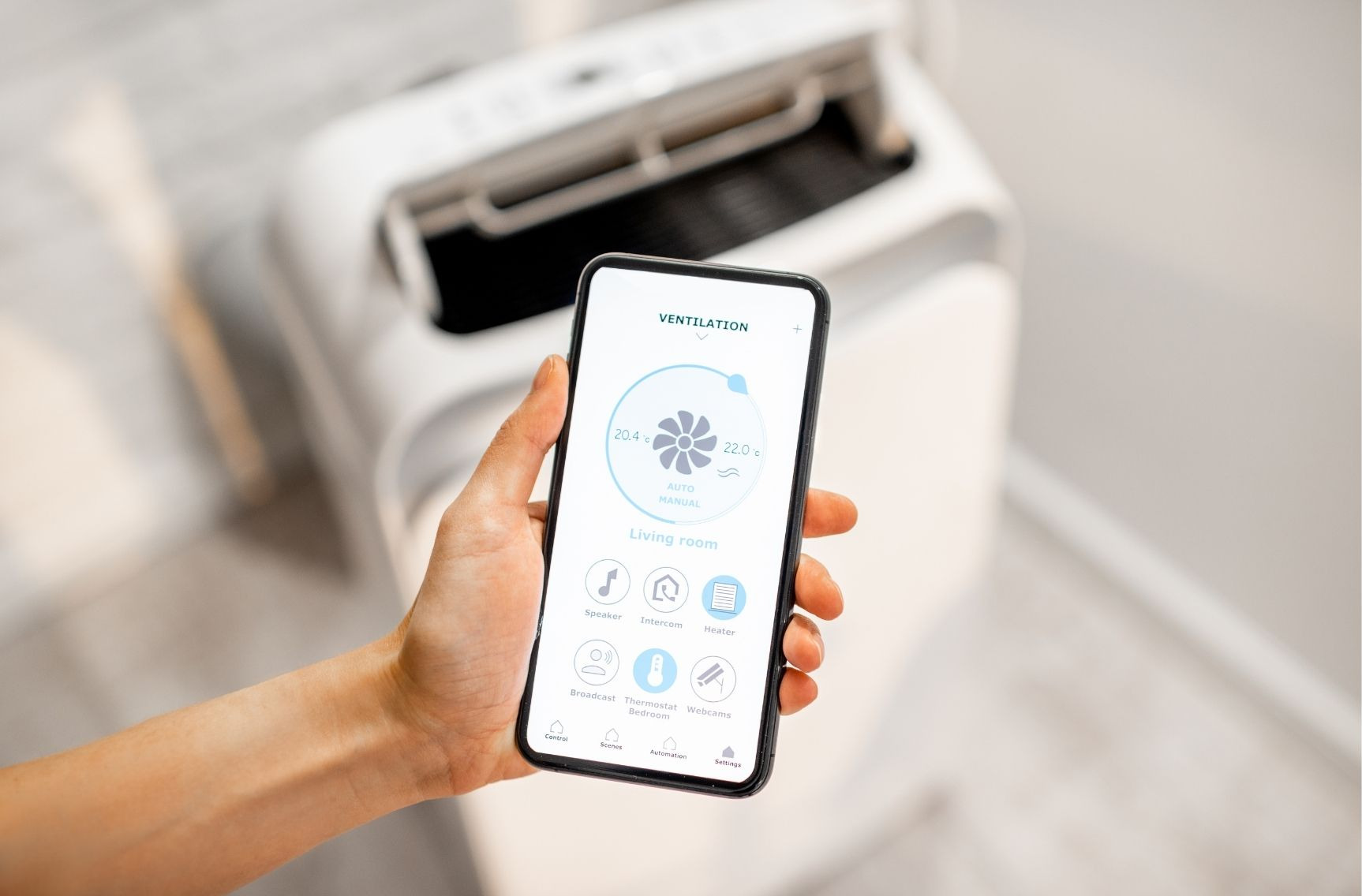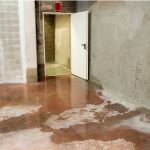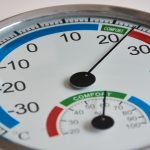How do you pick a dehumidifier?
Of course you want a machine that takes the humidity out of the air. But what other bells and whistles do they come with? Are there different types of dehumidifiers or size options?
Here’s a layout of the different features that you can expect to get with a dehumidifier along with how you can best choose a dehumidifier based on your own needs.
Table of Contents
1. Size
Dehumidifiers come in three sizes.
- 30 pint
- 50 pint
- 70 pint
What size dehumidifier you need is based on the size of square footage that you’re wanting to reduce the moisture in and the amount of humidity that you’re wanting to reduce.
Each size is also based on the optimal amount of square footage one can cover versus the minimal amount of square footage that it will be adequate in.
In other words, a 30 pints dehumidifier maybe adequate for 1500 ft if your level of humidity is not excessive.
But if you have an exceptionally high level of moisture in a room, then a 30 pint dehumidifier would be more suited to 500 square feet.
So in the case of a 30 pint dehumidifier, the average would be 1,000 ft.
So based on the same type of calculation:
A 50 pint dehumidifier it’s for an average square footage of 1500 ft. 2500 square feet for a list damp area and 1,000 ft for an extremely wet area.
A 70 pint dehumidifier
An average square footage of 2000.
Excessive moisture 1500 and lighter moisture 2500.
2. Programmable Humidistat.
Also called a hygrometer or just plain humidity gauge.
Whatever you want to call it, it is the difference between a dehumidifier that measures the moisture in the air and turns on and off accordingly and a dehumidifier that you set up manually.
A very nice extra feature.

3.Automatic shut off
An automatic shut off will turn the machine off before it overflows. Some dehumidifiers will have an audible beep to let you know it’s time to empty the bucket.
Drainage spout. Dehumidifiers are sized by the size of their drainage tank.
The bigger the tank the bigger the area that it can effectively remove moisture in before the tank has to be emptied.
But another feature that you can get on a dehumidifier is a side drainage connection. This feature is so that you can hook up a garden hose or hard pipe it to drain outside into the garden for instance.
4.Mobility
Dehumidifiers can be a pretty bulky appliance weighing up to 40 lbs and even more. Getting a dehumidifier with casters so that the unit is easily pushed and pulled around is essential especially if you are moving it with the tank full to empty the water.
5.Auto defrost
Dehumidifiers operate the same way that a air conditioner does in that it drags warm air over refrigerated coils and captures the moisture from the air in the form of condensation.
And just like an air conditioner, when the temperature gets too low, the refrigerated coils can freeze over.
There are many circumstances like a damp basement that are not reliant on heat as a source of humidity. Like in the case of a wet basement, humidity can be high while the temperature is freezing.
Many dehumidifiers come with auto defrost so that the machine can be used in lower temperatures than the typical AC dehumidifier can run at.
The idea was simple, the machine runs till the coils freeze over, then the defroster kicks in to remove the ice.
Other types of defrost dehumidifiers simply power the compressor down and blow a fan across the coils.
6.Washable filters
Another way that dehumidifiers are similar to air conditioners is that they have a filter that has to be replaced periodically.
Purchasing a dehumidifier with a washable filter can remove the need and expense of purchasing filter replacements.
7. Noise Control
The noise that a dehumidifier produces is also an area that a dehumidifier is comparable to a window air conditioner.
Comparing dehumidifiers to find one that creates lower dBs is well worth it especially if you’re going to have a dehumidifier in the same room as the TV or if you are planning to edit a video or record sound in the same room with it.

8. Heat Control
Dehumidifiers, like a window conditioner, expel heat as it is running.
If you ever have walked behind an air conditioner while it is running, you have probably felt heat coming off of the machine. Dehumidifiers have the same type of heat coming off as they operate.
Since it is typically in the summer when the humidifiers are mostly needed, having Heat expelled from the rear of the unit is not exactly what you want.
Some dehumidifiers create less Heat in the process of removing moisture than others do.
Finding out how much heat a dehumidifier puts out is a must when you are researching what type of dehumidifier to buy.
9. Type of Dehumidifier
Finally if removing a lot of humidity from the air is not the most important thing for having a dehumidifier on your list, there is another type of dehumidifier that uses a chemical to adsorb humidity called a desiccant dehumidifier.
The benefit to this type of dehumidifier is that it is much quieter than the typical dehumidifier.
But the downside is that the chemical that it uses to adsorb the humidity has an aroma.








